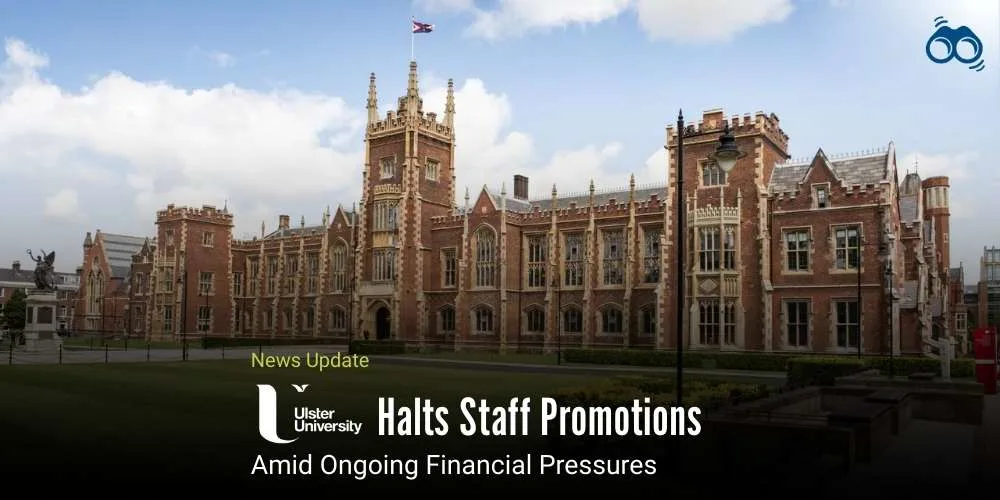Himachal’s Government Schools to Adopt CBSE Syllabus for Senior Secondary
State Government Announces Major Education Reform with CBSE Affiliation
The Himachal Pradesh state government, in its efforts to improve the standards of education and align them with national standards, has enhanced its autonomy in the context of implementing the CBSE curriculum in government schools. During the initial phase of this program, 100 senior secondary schools under the CBSE affiliation were established, marking a shift in the state's education strategy and designed to provide students with greater opportunities for intellectual development and competitive achievement.
The authorities say the decision guarantees healthy competition among schools in the umbrella of the Himachal Pradesh Board of School Education and Himachal CBSE schools. The teachers as well as students are bound to be inspired towards academic success in schools with this decision, guaranteeing access to quality education in schools in every area. For this, at least one CBSE-affiliated school shall be set up in every Assembly constituency so that the CBSE syllabus of Government schools can be sold at an affordable rate.
The CBSE curriculum, nationally benchmarked and widely accepted, particularly in the context of competitive examinations, is likely to raise the academic competitiveness of Himachali students. It will also create new avenues for higher education and professional life, more suitably preparing students for the challenges of contemporary life and work. To support the rollout of the CBSE board in Himachal, a separate sub-cadre will be created for these schools. Serving teachers will be given the option to join this cadre, and recruitment of principals, teachers, and non-teaching staff will be based on merit, considering qualifications, co-curricular involvement, and other relevant factors. A performance-based incentive scheme—both monetary and non-monetary—will be introduced to motivate staff and uphold high standards.
These CBSE-affiliated schools will operate as day-boarding institutions, focusing on the holistic development of students. In addition to academics, attention will be given to nutrition, sports, arts, skilling, remedial teaching, counselling, career guidance, mentoring, and coaching. Additional posts will be created where needed to support these efforts. In short, the program presents a visionary approach to Indian secondary education, working alongside reforms of the CBSE board examinations and general modifications of the Central Board of Secondary Education. By adopting the CBSE system, the state of Himachal Pradesh is making a significant move toward quality, equity, and opportunity in education for its people.
Editor’s Note
The decision of the Himachal Pradesh government to introduce the CBSE curriculum in government schools is a reflective and positive step in the educational policy of the state. Step one was taken by opening up 100 senior secondary schools to the CBSE board in Himachal, which clearly shows that the government wants to build up the academic standards and give the students opportunities for wider development and accomplishments. This decision is not just about syllabus changes; it is about developing a more competitive and inclusive educational atmosphere. By promoting healthy competition among the current state board schools and the new Himachal CBSE schools, the program is anticipated to inspire students as well as teachers to strive for academic excellence at schools. In addition to this, the scheme of opening at least one affiliated school of CBSE in each Assembly constituency guarantees that quality education in schools becomes universally available, irrespective of geography. The CBSE syllabus is widely recognised in India, particularly for its applicability to national-level entrance examinations and higher education. Hence, streamlining the Government schools' CBSE curriculum in accordance with this framework will more effectively equip Himachali students for future study and career demands. In addition, the establishment of a specialised sub-cadre for staff and the recruitment and performance-based incentives demonstrate a strong determination to sustain high standards of teaching. The establishment of day-boarding schools with emphasis on all-round development, including nutrition, sports, arts, and counselling, demonstrates that the government is looking beyond textbooks and board exams.
According to Skoobuzz, this initiative is definitely moving in the right direction towards modernisation in secondary education in India. It welcomes the progressive changes taking place in CBSE board examinations as reflective of the overall objectives of the revisions made by the Central Board of Secondary Education. Himachal Pradesh opened the path to prioritising the future of students within its educational policy.
FAQs
1. Why is Himachal adopting the CBSE curriculum in government schools?
Himachal is adopting the CBSE curriculum to improve the overall quality of education and help students compete at the national level. The CBSE syllabus is known for its structured content and modern teaching methods. By introducing it in government schools, the state aims to give students better learning opportunities and prepare them for competitive exams and future careers. It also helps bring uniformity in education across different regions.
2. How many government schools in Himachal will follow CBSE from the next session?
From the next academic session, 100 senior secondary government schools in Himachal will be affiliated with the CBSE board. This is part of the first phase of the plan. The government also intends to open at least one CBSE school in every Assembly constituency. This will ensure that students from all areas, including remote regions, have access to quality education under the CBSE system.
3. What are the benefits of the CBSE syllabus in government schools?
The CBSE syllabus offers many benefits, such as better preparation for national-level entrance exams and a focus on practical learning. It encourages students to think critically and understand concepts clearly. Teachers also benefit from improved training and teaching resources. Overall, it helps raise academic standards and gives students more chances to succeed in higher education and professional fields.
4. Will Class 10 and 12 board exams be based on CBSE in Himachal?
Yes, students studying in CBSE-affiliated government schools in Himachal will appear for Class 10 and 12 board exams under the CBSE system. These exams follow a national pattern and are recognised across India. This change will help students compete fairly with others across the country and improve their chances in entrance tests for universities and professional courses.
5. How does the CBSE curriculum improve quality education?
The CBSE curriculum improves quality education by focusing on understanding rather than memorisation. It includes updated textbooks, clear learning goals, and regular assessments. Students are encouraged to take part in co-curricular activities, projects, and skill-based learning. This approach supports overall development and helps students become confident, capable, and ready for future challenges.














0 Comments (Please Login To Continue)